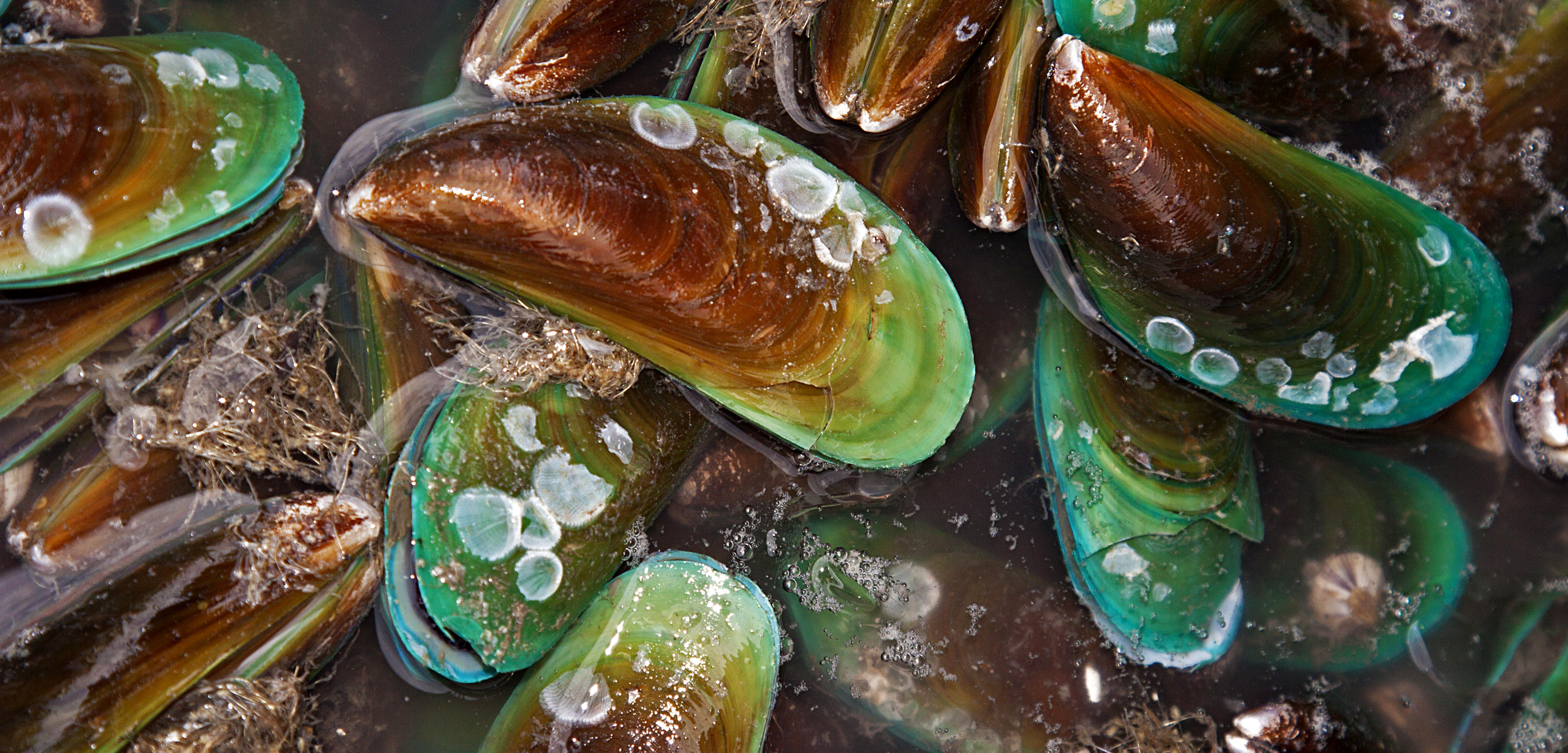NZ Food History
Feasts:
The early Maori had traditional feasts called Hakari. Feasts were used as a way to show who's boss to visitors. Tribes would compete with each other, over which one is the most hospitable. The Maoris would have Hakiri at various times of the year such as Matariki, a Tohi ceremony or a marriage Feasts were very common in the 19th century. The Pakeha settlers didnt approve of their culture. Back then the white people thought they were more upper class to the Maoris, nowadays white people realise how important the Maori culture is. Kids at school are encouraged to learn about the Maori culture - by learning the language or going to the local Marae for a sleepover and having a hangi.
Nutrition:
In Maori tradition the leaders ate first then the fighters and warriors and so on until the women and children who ate last. This was set up in a way so that the strong (fighters and warriors) would get the nutrition they needed, and in case there wasn't much food to go around, the women and children were the last to get because their need to be fed wasn't as important as the warriors because they were not going into combat etc.
What was eaten and how was it eaten?
Household guides in the 19th century included advice about serving meals, laying tables, folding napkins and table decorations. Traditionally Maori served food in baskets which were shared between small groups. High ranking people ate from their own basket. People ate with their hands. Basic habits passed from parents to children include washing hands before eating, holding utensils correctly, keeping elbows off the table, not talking with full mouths, not putting knives in mouths, leaving untensils together on the plate when the meal is finished and asking perimission to leave the table. Traditional foods included whitebait, the seaweed karengo, huhu grubs, pikopiko (fern shoots), karaka berries and toroi - a dish of fresh mussels with puha (sow thistle) juice. With the arrival of the europeans they had access to alot more vegetables which improved their nutrition but it also meant they had access to process food which brought on serious health issues like diabetics etc.
- Food Plants
- Animals - Early settlers brought pigs, goats and hens.
- Potatoes
- TinFood
- Wheat

Hi Sierra.
ReplyDeleteThis is a very interesting blog post to read. Māori kai was food they could be sourced locally and they were very skilled at preserving it. Have you ever tasted food cooked in a hāngī? Do you think the Māori cooking methods were much
healthier?
How were the scones that you cooked? The scone recipe we used is very simple but produces good results.
We will be cooking some other traditional 'kiwi' dishes over the next couple of weeks.
Thanks
Mrs Wheeler